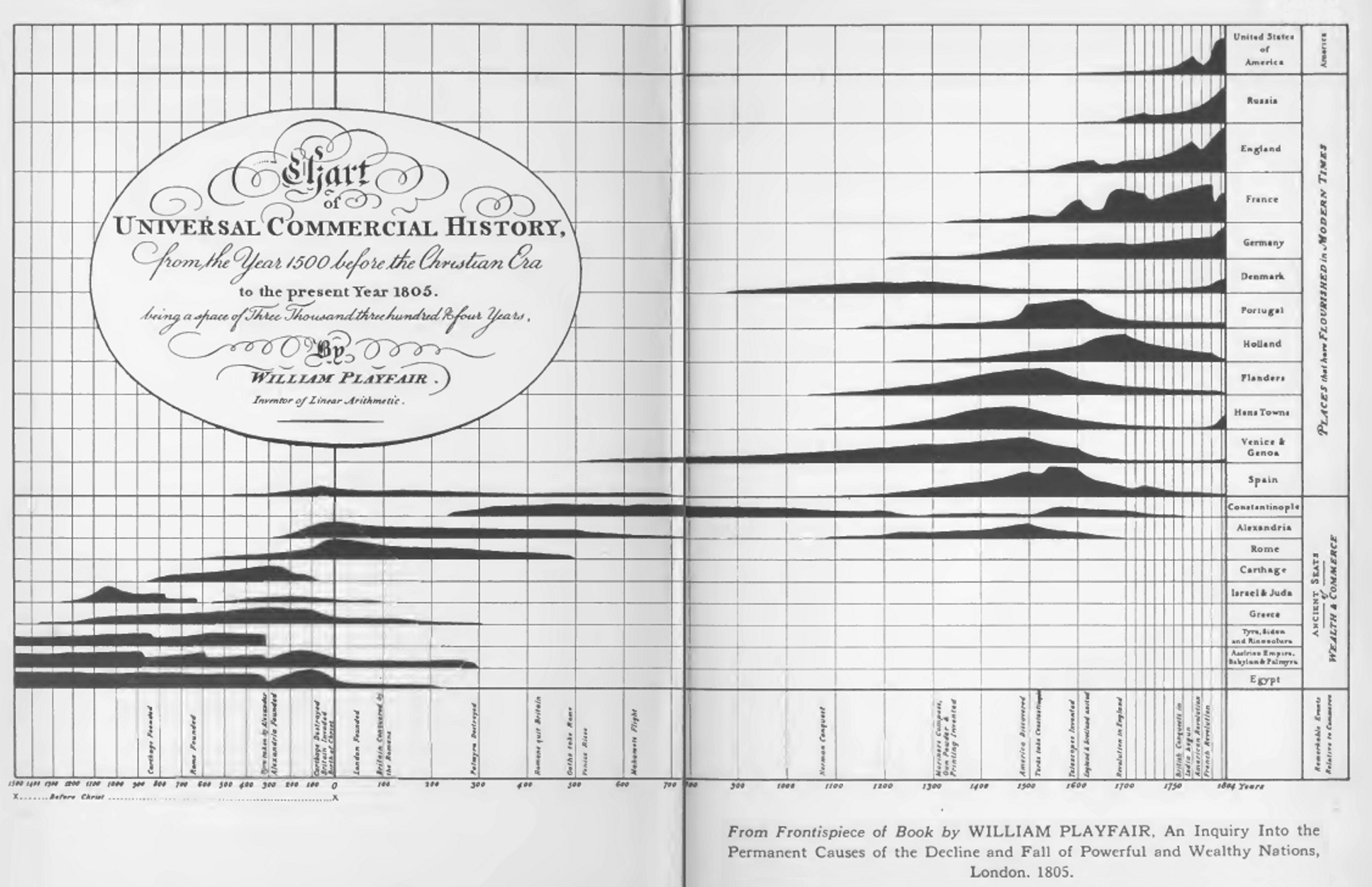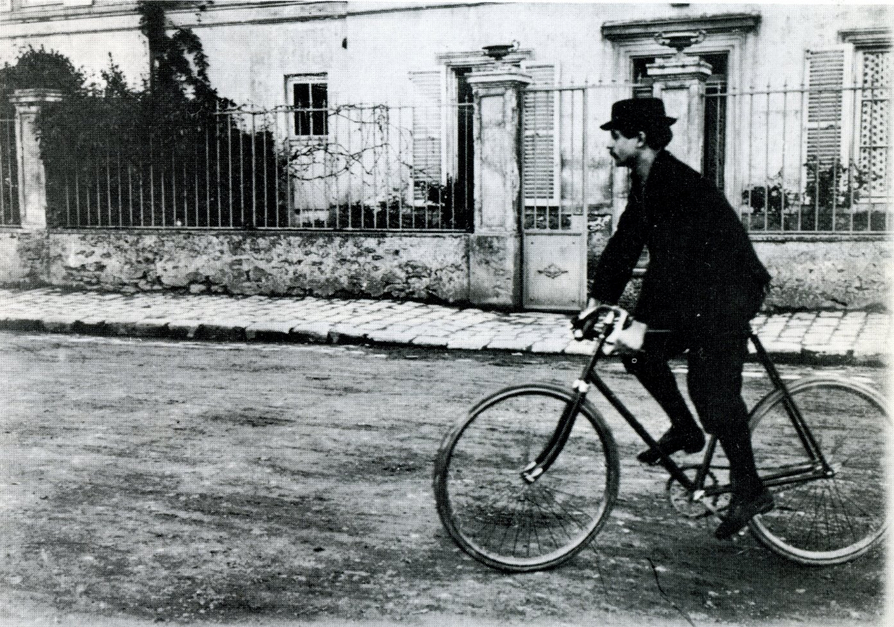It is now ten years since Cornelia Parker caused some controversy with
The Distance (A Kiss with String Attached), in which she wrapped Rodin's sculpture with a mile of string. I recall at the time not being particularly impressed with this, but not feeling particularly outraged either. Cornelia Parker is, after all, one of our leading artists and whilst
The Distance may not have been up there with
Cold Dark Matter: An Exploded View or
Embryo Firearms, it was well done and had a (relatively) clear point to it. As a temporary installation carefully stage managed by the Tate it was hardly an act of vandalism. Nevertheless, it prompted James Fenton to write angrily in
The Guardian that 'it should be a principle of conservation that nothing unnecessary is done to an original work of art in a public collection, and I don't care what the "conservators" say about the care they took in executing this banal intervention. They wouldn't have dared do this to Brancusi. They shouldn't have done this to Rodin.'
The reason I mention all this is because there are potential implications for land art. Even if the intervention is temporary, and executed with good aesthetic judgement by a renowned artist, is it really acceptable to alter a landscape that people will have come to enjoy in its natural state? The issue is discussed in Allen Carlson's stimulating book,
Aesthetics and the Natural Environment (2000). He argues that a temporary artwork, like a Christo piece, can still be an 'aesthetic affront to nature' even if it doesn't have the permanent impact of a Michael Heizer earthwork. He also questions the view advanced by Robert Smithson that land artists should 'become conscious of themselves as natural agents', i.e. that their art would be equivalent to natural processes, because if these were truly equivalent the artwork would not really be art. Auguste Rodin and Cornelia Parker were both making art, but their purpose and means were very different and
The Distance could not exist independently of
The Kiss.
Although
The Distance had no simple didactic purpose, Parker has said that it was 'about emotional relationships and love and the impossibility of it.' This suggests another defence of land art: that aesthetic judgements need to consider the work's message or symbolism. In particular, there is the issue of whether it can raise awareness of our impact on the environment, something Glenn Parsons' recent book
Aesthetics & Nature calls into question, with reference to Andy Goldsworthy's
Red Pool, Scaur River, Dumfreisshire (1994-5). Parsons suggests that 'the fact that people in our time are so ignorant and apathetic about nature that it takes a glowing red pool of water to interest them in it does nothing to mitigate the effrontery of such frumpery.' Cornelia Parker's views on love and Andy Goldsworthy's concerns about pollution could, it might be argued, have been expressed in ways that did not alter the appearance of an existing sculpture or a
Scottish landscape.
Many environmental artworks have sought to 'improve' degraded industrial landscapes. Such cases could be seen as more akin to restoration (although the distinction between these places and more 'natural' sites isn't necessarily obvious). Another line of thought holds that land art can bring out or make more evident the underlying qualities of a landscape. Allen Carlson cites the works of Michael Singer, which have 'been characterised as "gateways," "reflectors," "accents," and "magnifiers " of the site.' Carlson seems less critical of this approach, which can be viewed as a form of framing rather than a direct 'affront to nature'. But Parsons asks us to think about hosting a dinner party and returning from the kitchen to find our guest has attempted a temporary 'improvement' by rearranging our furniture, 'gussying up' our living room. 'It is not only the wholesale obliteration of aesthetic qualities that can constitute an aesthetic affront; the milder act of gussying up can be an aesthetic affront as well.'
In light of this, do we really want Andy Goldsworthy going around rearranging the leaves in our woodlands? Of course it is hard not to love some of Goldsworthy's temporary natural sculptures, but they can still be seen as 'prettifying nature'. Nature however was not designed as an artwork and it remains unclear who it is that he could be affronting here (leaving aside questions of who actually owns the woods and the degree to which they can be described as being in a natural). James Fenton's article suggests that Cornelia Parker's work is an affront to Rodin, although, like a woodland, Rodin is not capable of expressing a view. Carlson and Parsons argue that you can feel affronted on behalf of nature even though nature itself is mute. It is possible to imagine someone coming upon a mound of colour-sorted leaves and regretting the way they distract from the unadorned beauty (and ugliness) of the site, like a tourist arriving at the Tate only to find that
The Kiss has been wrapped in string.
John Schiff,his twine by Marcel Duchamp,
at First Papers of Surrealism (view south), 1942
In their discussion of art in nature both Allen Carlson and Glenn Parson use a provocative analogy for the alteration of a landscape: Duchamp's
L.H.O.O.Q. They acknowledge that the comparison with land art is not direct; Duchamp, after all, only adapted a
copy of the
Mona Lisa. Clearly if Cornelia Parker had wrapped a plaster cast of
The Kiss it would have been less controversial. Her use of string was actually inspired by Duchamp, who installed a chaotic web of twine around the
First Papers of Surrealism exhibition in
New York
. Accounts suggest that some visitors felt this string detracted from the paintings whilst others thought it helped them see the other artists' work in a new way. Opinion would no doubt be just as divided if
his twine was installed out in the landscape instead of in a gallery. The formal simplicity, beautiful colours and natural materials that you find in Andy Goldsworthy are absent. Partially obscuring some well known beauty spot (the scenic equivalent of
The Kiss),
his twine would frustrate some and interest others, before being taken down and remembered only through its documentation - a temporary affront, a memorable talking point, or a complex tangle of aesthetic questions.






























_-_Nicolas_Poussin_-_Louvre.jpg)













